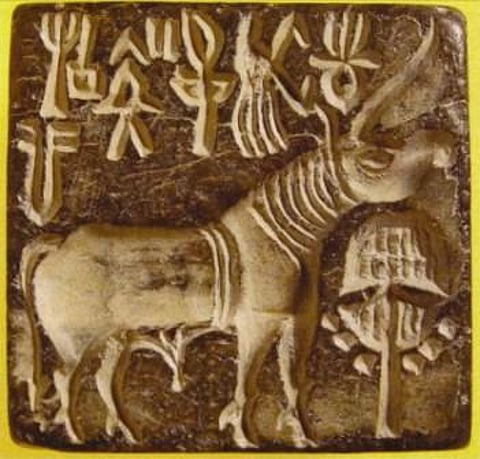Cracking the Indus script
After completing the first phase of my studies of the Tamil-Brahmi script in 1968, I turned my attention towards the Indus script. I had been particularly attracted to this study by the pioneering work of two groups of scholars, one Russian and one Finnish. What I found especially appealing in their work was that, unlike all previous attempts to decipher the Indus script, they were using computers to carry out sophisticated procedures on a scientific basis. I felt that similar work should be undertaken in India.
In 1970, I was awarded a Jawaharlal Nehru Fellowship for this project. In 1970-71, a photographic card catalogue of the Harappan inscribed objects was assembled. The Indus texts and their background data were coded in a numerical format suitable for computer analysis. After a collaborative experimental concordance was prepared with the help of an IBM 1620 computer in Madras, publication of the resulting paper brought me an offer of cooperation from computer scientists at the Tata Institute of Fundamental Research (TIFR) in Bombay.

